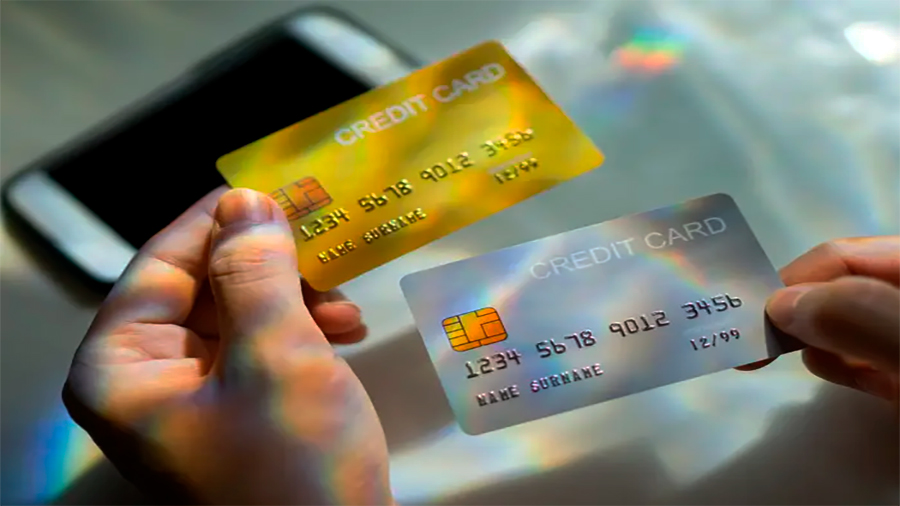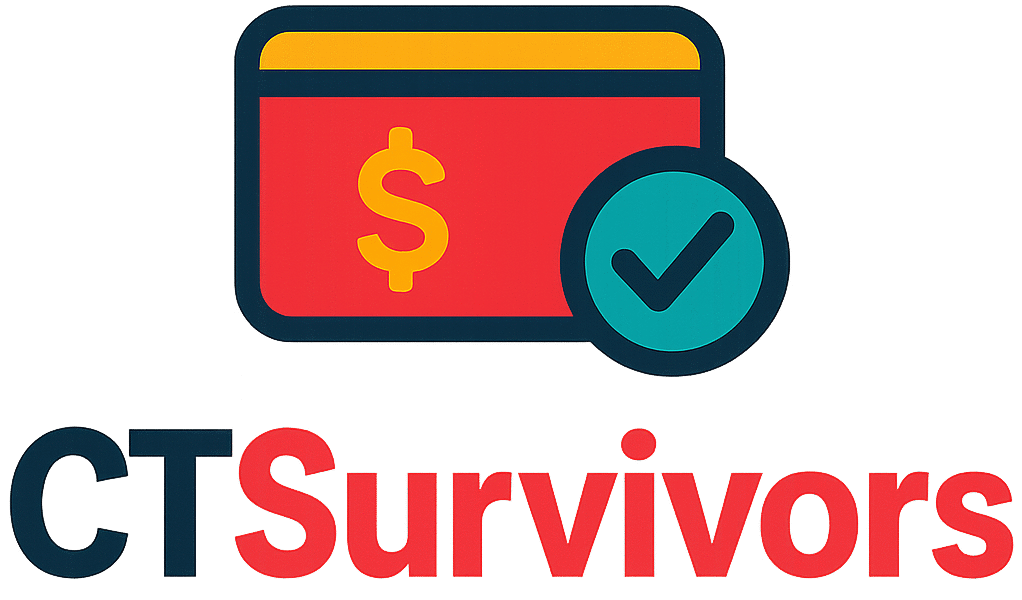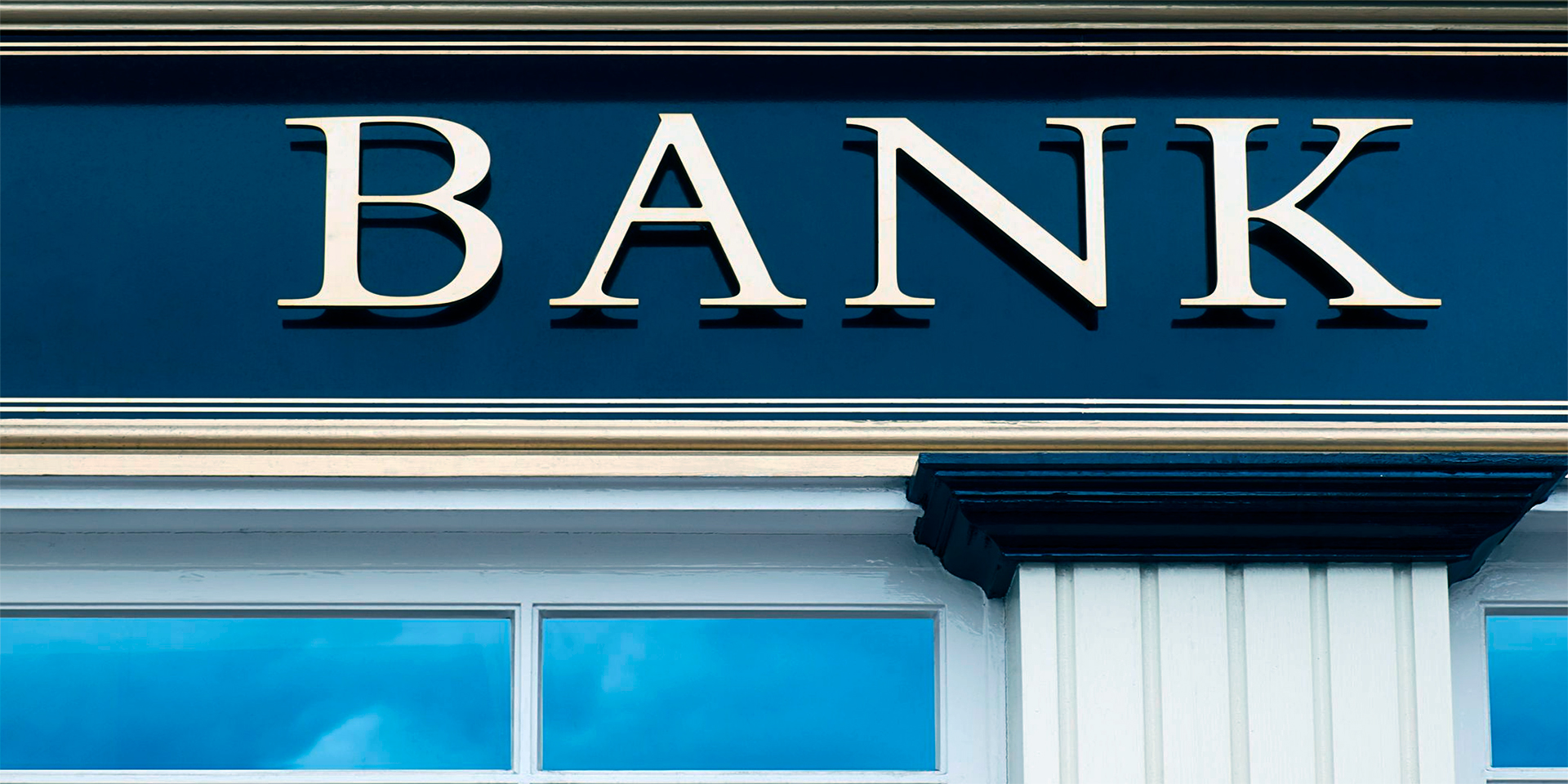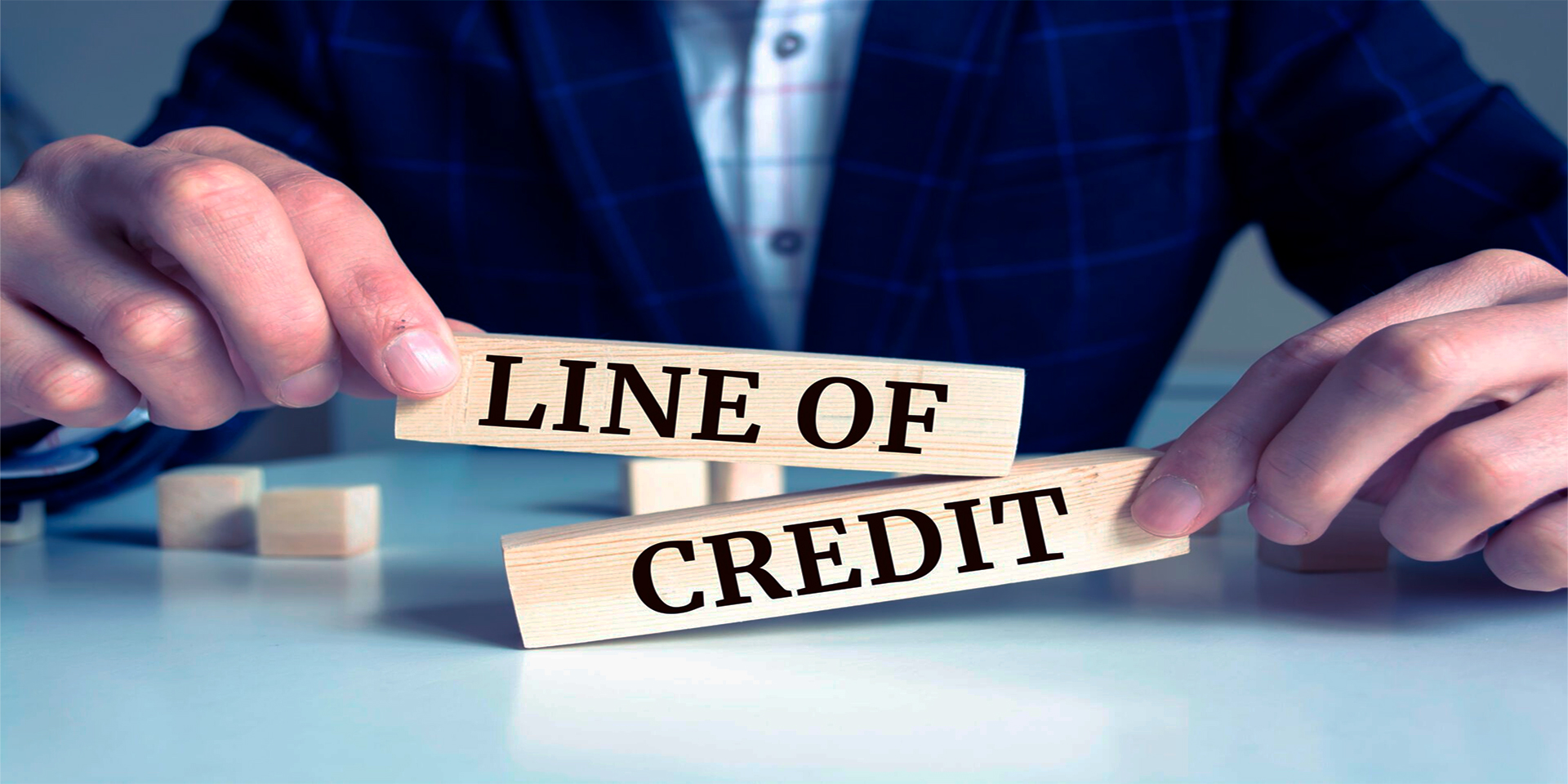There was a time when borrowing was a backup plan. People took loans for emergencies, big purchases, or once-in-a-lifetime decisions like buying a home. Now, we borrow just to keep up with everyday life. Swiping a credit card for coffee, using buy-now-pay-later for clothes, paying rent with a personal loan — it’s no longer an exception.It’s the default. Debt has quietly embedded itself into daily routine. The line between need and habit is fading. And it’s changing how we think about money, value, and responsibility.
From Emergency to Everyday: The Shift in Borrowing Culture
In just a few decades, debt has gone from taboo to trendy. Credit cards used to be tools for middle-class security or emergencies. Now, they’re extensions of personal identity. Some people carry five or six cards — one for travel, one for points, one for emergencies, another for groceries. Debt is no longer something to pay off. It’s something to manage, juggle, and live with.
It started with plastic, but it didn’t stop there. The explosion of fintech brought apps that break purchases into four easy payments. Want new sneakers? No problem — split it. Phone upgrade? Pay in monthly slices. A generation has grown up never seeing the full cost of anything. They see what’s due today — not what they’ll owe tomorrow.
Buy-Now-Pay-Later and Invisible Interest
BNPL (buy-now-pay-later) isn’t just a payment option — it’s a psychological trick. The price tag shrinks. $200 becomes four “small” payments of $50. People are more likely to spend — and spend again. What’s more, these apps often skip hard credit checks, creating a sense of consequence-free consumption. Until payments pile up, that is.
The danger isn’t just overspending. It’s forgetting you’re even borrowing. With no visible interest and flexible due dates, users treat debt like a subscription. This normalizes constant financial obligation — and erodes awareness of actual risk.
The Culture of Monthly Payments
We no longer ask, “Can I afford it?” We ask, “Can I afford the monthly payment?” That subtle shift drives everything from car leases to gym memberships. Financial marketing has capitalized on this logic. Companies frame every cost in installments. Not $1,200 — but $99/month. Not $3,000 — but “just $2.75 per day.” This changes how people assess value. Total price becomes irrelevant.
The outcome? A society trained to live in permanent partial ownership. Homes are mortgaged for 30 years. Phones are paid in 24-month contracts. Subscriptions replace purchases. Full payment feels strange — even irresponsible. If you’re not using credit, are you even managing your money “smartly”?

Debt as Identity: Social Pressure and Comparison
Debt isn’t just private anymore. It’s performative. People show off their ability to afford things — regardless of how they’re paid for. Luxury lifestyles on Instagram, influencer trips, fashion hauls — many of these are funded through credit. And the message is clear: if you want to participate, you need to play along.
This social normalization of debt pressures others to borrow, even if they can’t afford it. Young people take out credit to keep up with friends who appear to “have it all.” No one posts about the bill — just the trip. So the spiral continues.
Student Loans and a Generation Raised on Borrowing
For many, debt begins before their first paycheck. Student loans teach young adults that debt is necessary to succeed. That borrowing is a rite of passage. That massive balances can wait — as long as monthly payments are manageable. This mindset bleeds into other parts of life. If $60,000 of student debt is normal, what’s a few thousand on a credit card?
This early exposure creates comfort — and sometimes apathy — toward debt. It makes borrowing feel like a permanent backdrop rather than a temporary choice. And as interest accrues quietly in the background, many borrowers don’t realize the weight they’re carrying until it’s too late.
Credit Scores as Self-Worth
In today’s world, your credit score isn’t just a financial indicator — it’s a social badge. People compare scores the way they once compared salaries. A high score opens doors: better rates, better apartments, better job offers. It becomes another number to optimize. Borrowers chase score improvements by borrowing more, managing more accounts, extending credit limits. Ironically, trying to look “creditworthy” can sometimes mean taking on more credit than needed.
Why We Tolerate — Even Celebrate — Chronic Debt
In most societies, there’s still shame in being poor. But there’s no shame in being in debt. In fact, debt lets people hide poverty behind a facade of participation. You can wear designer labels, eat out regularly, drive a new car — all on credit. This creates a dangerous illusion of stability. People feel secure because they’re able to access money — not because they actually have it.
And as more people borrow, the less strange it becomes. When everyone around you has credit card balances or car loans, it stops feeling risky. Debt becomes not just tolerated — but expected. If you’re not borrowing, people wonder why. Are you missing out? Being too cautious? Or just not eligible?
Marketing and the Emotional Trigger
Credit is rarely sold as debt. It’s sold as freedom. As confidence. As “power in your wallet.” Ads show smiling faces, travel scenes, happy families. Rarely do they show bills, collections, or stress. Financial products are wrapped in emotional language. You’re not signing a contract — you’re seizing a dream. That framing bypasses logic and activates impulse. Which is exactly what lenders want.

Long-Term Effects of Normalized Borrowing
Living in a culture of constant borrowing doesn’t just affect wallets. It changes brain chemistry. When debt becomes habitual, the sense of risk dulls. The reward of buying now outweighs the consequence of paying later. Over time, this erodes long-term planning. People delay saving, skip building emergency funds, and ignore retirement. Why save for later when you can finance everything today?
For businesses, this means steady profit. Revolving credit ensures ongoing interest. Late fees create extra revenue. The more normalized debt becomes, the more predictable borrower behavior is — for the lender. But for the individual? It’s often a slow bleed. Not dramatic. Not sudden. Just continuous financial pressure that builds over time.
The Mental Load of Ongoing Debt
Carrying multiple debts also means carrying mental weight. Keeping track of due dates, minimum payments, interest rates, and account balances creates background stress. This kind of “debt fatigue” is common but rarely discussed. It can affect sleep, focus, relationships, and mental health. Many borrowers feel stuck — like they’re working only to service debt they barely remember taking on.
So… Can This Change?
Probably not soon. As long as borrowing is cheap, accessible, and socially encouraged, it will remain part of the economic fabric. But awareness is a starting point. Recognizing how credit has crept into our behavior helps create resistance. It allows space for new questions:
- Do I need this — or do I just want it?
- Am I paying with money I have — or borrowing tomorrow’s earnings?
- Would I still buy this if I had to pay in full today?
Building healthier habits around money means slowing down. Looking past the payment plan. Asking what freedom really means — and whether it’s worth trading for a 20% APR.
Collective credit addiction isn’t about individual weakness. It’s about a system that rewards impulse, masks risk, and praises consumption. In this environment, debt feels normal. Expected. Even encouraged. But normal doesn’t mean harmless. To break the cycle, we need to change the questions we ask — not just of lenders and systems, but of ourselves.



